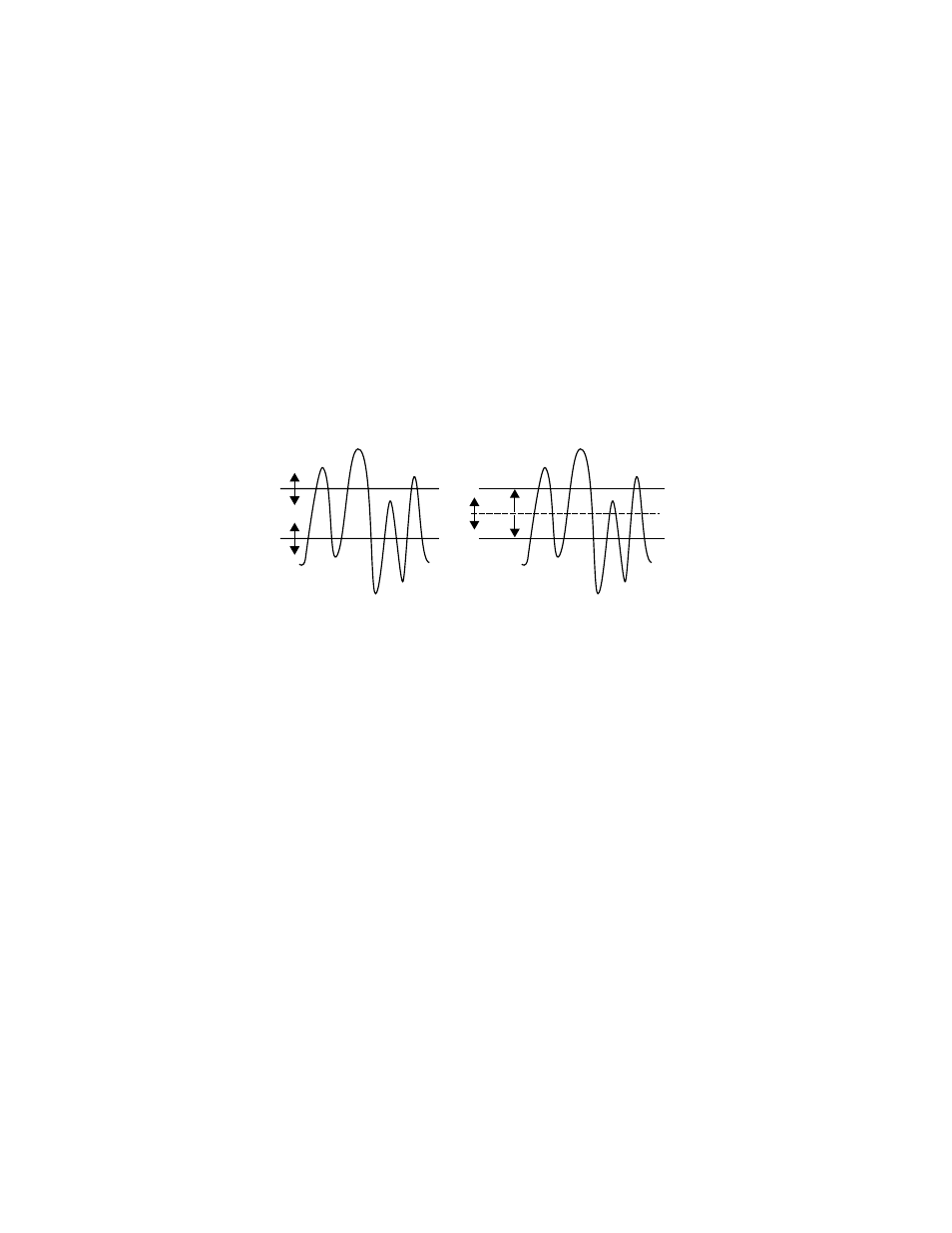Clip hi and clip lo – Grass Valley Zodiak v.6.0 Mar 15 2006 User Manual
Page 54

54
Zodiak — User Manual
Section 2 — Concepts
On the Zodiak system, Gain has a percentage value. A Gain value of 50%
requires a luminance change of 50% of the distance between black and
white to produce a keying signal ranging from transparent to opaque. A
gain value of 100% (unity gain) uses the entire range between black and
white for this transparent to opaque transition. A gain value of 0% pro-
duces the hard key edges (a high gain key).
Clip Hi and Clip Lo
The Zodiak system also supports a Clip Hi and Clip Lo mechanism. With
Clip Hi and Clip Lo, two thresholds are established. The upper threshold
specifies at what point video will be completely removed from the back-
ground, and the lower threshold determines at what point background
video will be retained completely intact (
).
Figure 18. Key Hi, Clip Lo vs. Clip and Gain
In this mode, Gain changes when either control is adjusted. The difference
between the upper and lower keying thresholds is equivalent to gain:
Clip Hi = Clip + Gain/2
Clip Lo = Clip – Gain/2
Clip Hi and Lo control is more appropriate for low gain keys, to allow inde-
pendent control of the two thresholds. For example, when adjusting a
linear key the operator wants to control where the fill becomes opaque
(Clip Hi) and where the fill becomes transparent (Clip Low). In Clip Hi/Lo
mode adjusting the point of opacity does not change the point of transpar-
ency, and vice versa.
Clip, Gain, Clip Hi and Clip Low adjustments always interact. Changing
one always results in changes to two other values. Changing Clip Hi or
Clip Low changes both Clip and Gain, not just Gain.
Key Cut
Signal
Clip
Gain
0618_00_29
Clip Hi
Clip Lo
